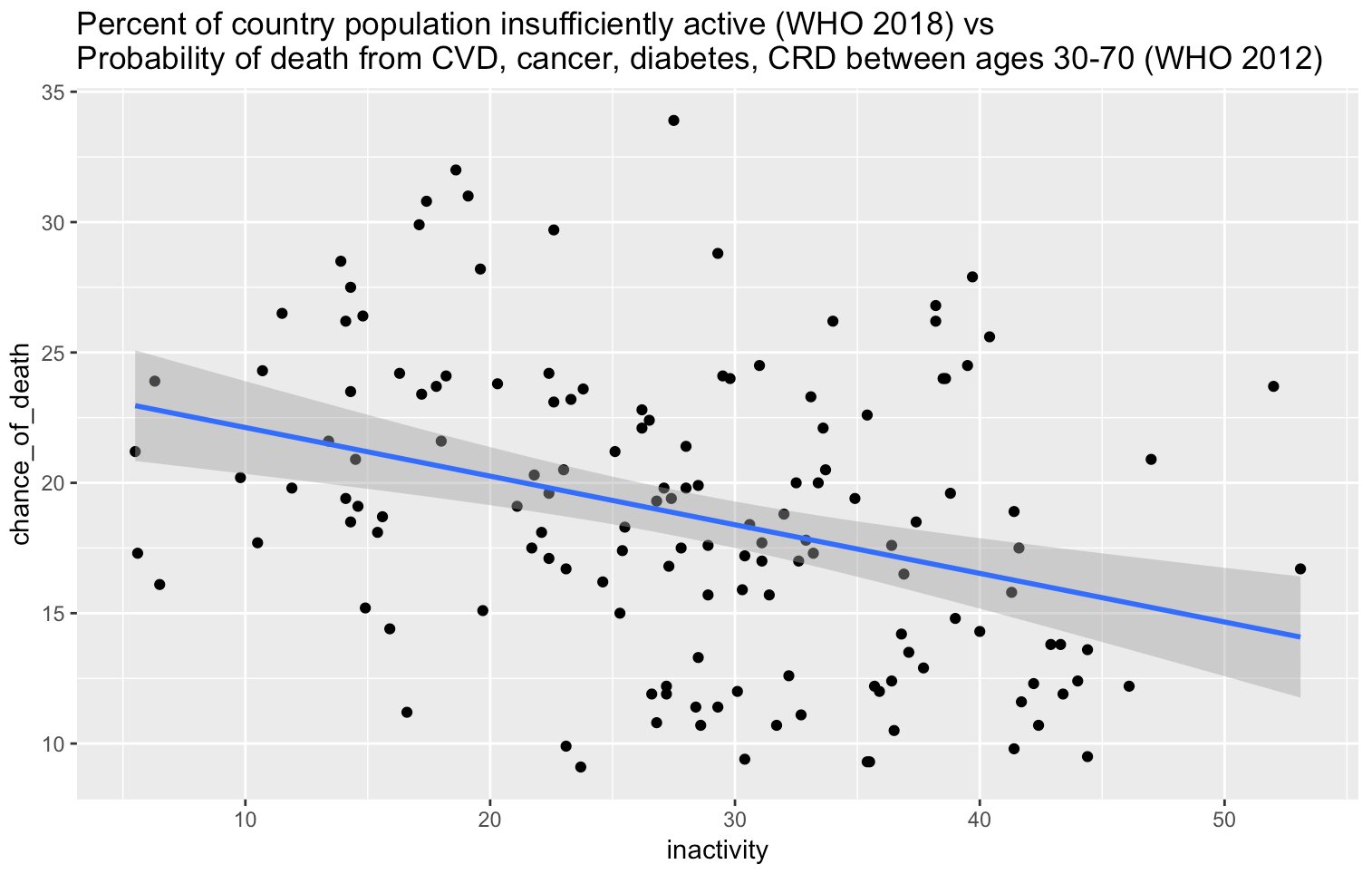There was a story on Radio NZ last night, and then in other places
The research is the first in the world to measure the impact of taking numerous medications on fractures in the elderly.
Its findings show elderly people taking several high-risk medications for sleeping, pain or incontinence are twice as likely to fall and break bones as those taking no medication.
As the story says, overmedication in elderly people is known to be a problem — people get put on medications and then not taken off them, and there are interactions, and it’s not good. Some — even many– of the drugs are necessary, of course, but these researchers aren’t the only people who think there should be more regular review of what all medications someone is taking.
This research is trying to quantify the impact on falls and fractures, using a large NZ data set of everyone in NZ who was being evaluated for publicly funded long-term community services or aged residential care. Together with the high-quality NZ prescription data, it’s a good opportunity to look at a large enough group of people to measure fractures.
The media stories all seem to come from the Otago press release. The press release doesn’t include a link to the research paper. It doesn’t even give the journal name. The implication that no-one who reads the story could possibly care about the details is a bit insulting.
I’m assuming the research paper is this one, which is new and has the right topic and authors. The analysis is a bit tricky: a lot of people die without having fractures, and you have to decide how to count them in the denominator over time. They did a sensible analysis, if not exactly the one I would have done.
There’s one problem, though: that paper says, in the Results section of the Abstract:
The estimated subhazard ratio was 1.52 (95% confidence interval: 1.28, 1.81) for those with DBI>3 compared with those with DBI=0 in the adjusted analysis.
That is, the paper’s best estimate is a 50% higher rate of fractures in people taking multiple potentially-risky drugs compared to none. 50% higher is still a problem — they estimate that about 1 in 8 fractures could be prevented if everyone could be taken off these drugs (which, of course, not every one can) — but 50% higher isn’t twice as high, and I couldn’t find the “twice as high” number in the paper.
